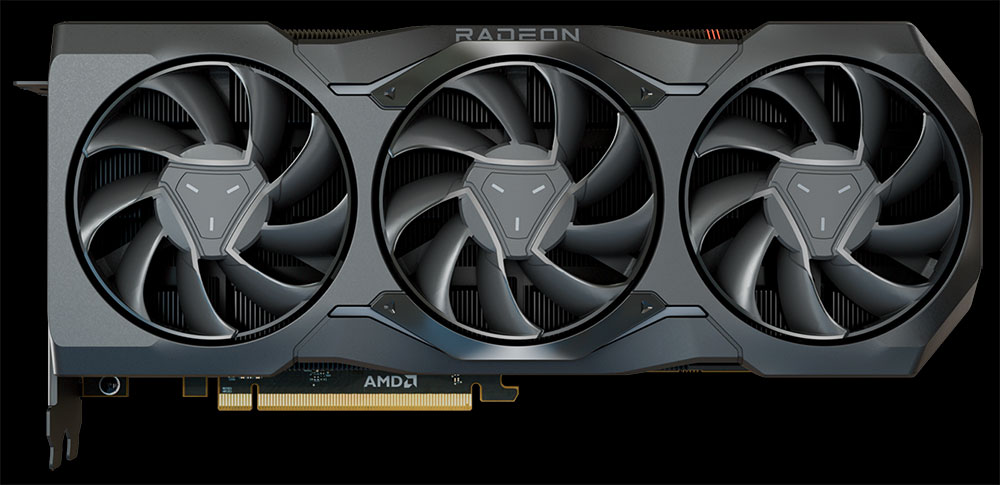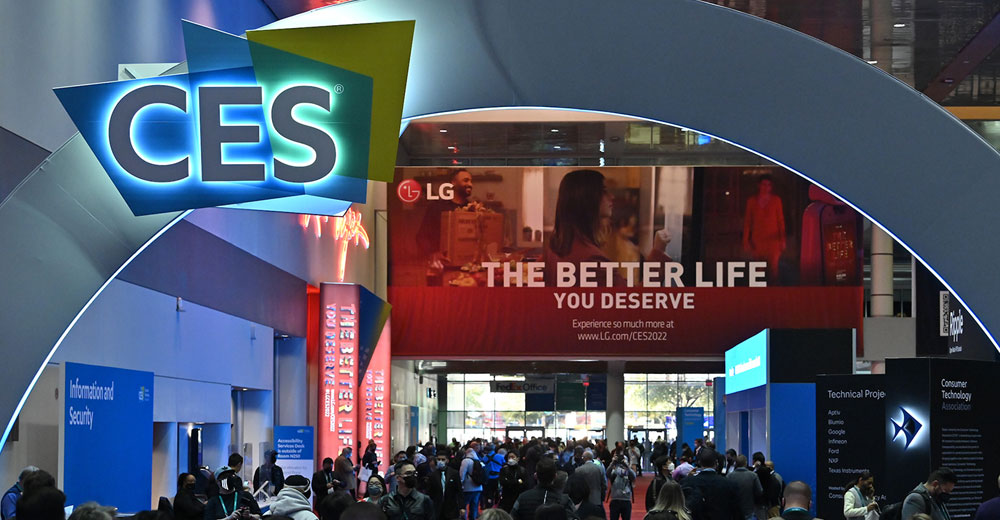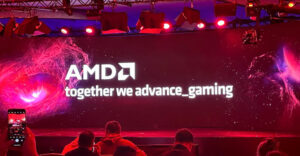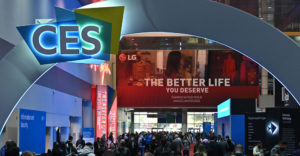I’ve just finished a series of CES previews by the PC vendors, and I can easily say that of the products I looked at, Lenovo will likely win at CES this year. I can’t tell you why or what they are announcing, but this got me thinking about why CES could be far more important than I thought it was if used like Lenovo is using it.
I’ve not been a fan of CES because it comes too early for either back-to-school or the next holiday buying season. Plus, it screws up the holidays for those that have to prepare to present at the event, and with a tri-demic going on, it could impact attendees for the worse. Folks in my age group (my wife would suggest I add the word “advanced”) should likely attend remotely, as I will because of the risk of serious illness.
But after seeing Lenovo’s pitch for its announcement next month at CES, I realized that for those that genuinely innovate, CES could be the perfect show to set the bar for the rest of the market and take an undisputed leadership position for 2023.
Let’s talk about CES and market leadership this week, and we’ll close with my product of the week, a new two-card line of graphics cards by AMD that is blowing everything else out of the water at the moment.
The Problems With Innovation
We love to talk about innovation, but innovation implies a problem we can’t fix using existing approaches and technologies. After decades as an analyst, it seems to me that most innovation is about trying to fix a problem differently than a current tool that generally works better.
When innovation stands out, it’s because it addresses a problem that either existing tools can’t handle or does it in a distinctly better way than traditional tools could. In other words, innovation for its own sake is stupid. However, when applied to an unsolved or poorly solved problem, innovation can be awesome if people are convinced it brings a significantly better result.
Resistance to Change
This brings up the second problem with innovation: It carries a high marketing requirement because, with all the hype around innovation, we don’t like change.
We become comfortable with how things are and can get upset when faced with change. To a certain extent, this is age-related. The younger you are, the more you accept and even drive change. The older you are, the more you treasure stability and tradition. But regardless of age and tolerance for innovation, if someone doesn’t show you why the innovative product is better in a compelling way, even young folks probably won’t buy it.
Risk Factor
Finally, innovation is risky. When it comes to long-standing products, you know a lot about what the market currently accepts because the existing product is selling. But when you innovate, you are guessing what buyers want that they aren’t getting, and the risk you could be wrong goes up astronomically.
This introduces risk because you may be wrong. Your company must be tolerant about risk-taking because, despite all that’s written about the need to take risks, most companies punish rather than reward risk-taking.
For instance, I once met with the CEO of Ford, who went on about how he’d changed Ford’s culture about risk-taking but then went on to point out that if anyone took a risk with Ford’s pickup truck, the F-150, which was Ford’s mainstay, and got it wrong, they’d be shot.
Obviously, he didn’t understand risk-taking at all because the message he was delivering was that Ford wasn’t really willing to support it. The F-150 would stand as an example to others that, regardless of what the CEO said, he wasn’t on board with the idea.
In short, you either support risk-taking or not. Granted, risks need to be reasonable, but if you focus on limiting risk-taking, you’ll kill innovation. (I should point out that the CEO I met with was forced out of Ford several years ago.)
Setting the Bar for Tech Innovation
CES is arguably the most substantial risk-taking venue because it’s the first major technology show of the year. It sets the bar for the year in technical innovation in a few markets, including automotive. While we don’t think of it as an auto show, when it comes to technologies like in-car entertainment and autonomous driving, it’s where you see those advancements first. Even the focused car shows are subordinate to CES.
Historically, tech vendors really aren’t ready in January for their most innovative push, so it isn’t until mid-year that we see the most interesting things. As noted, this year, I think Lenovo will slam dunk the other vendors much like it did with its Threadripper workstations and aggressive use of water cooling in the professional space. By showcasing it at CES rather than later in the year, marketing (which is staffed impressively) must be resourced to carry the load.
Used right, a company could hit hard at CES and be the talk of the industry for the following year if it hits hard enough. Granted, this comes with risk because if the market doesn’t agree with where you’ve innovated, you could dig a hole that will take time to dig out of. I’m a big believer in swinging for the fences because if you don’t, you’ll never hit that home run.
Lenovo has been moving intensely into market leadership of late. The shot it’s taking is risky, but it has shown it can execute, so keep your eye on Lenovo. I think you’ll view the company differently after the show.
Wrapping Up
I have a newfound respect for CES, and I think I get how it could be far more powerful than it is currently. Being the first major tech show of the year, it sets the bar if the vendors presenting aggressively move to drive innovative solutions to problems that not only haven’t been addressed but that customers didn’t even know they had.
Done right, a vendor in a variety of markets, including automotive, appliances, personal technology, PCs, and, increasingly, robotics, could push aside its competitors much like Apple did with smartphones a couple of decades ago and rule the market.
Lenovo is taking that shot this year, and while it’ll be off the floor at CES, keep an eye on Lenovo. I think it’ll surprise the market and showcase how other vendors could use this show to move beyond their competitors. So just like that, I get what CES should have always been: the one show to rule them all (Gollum says “hi”).

AMD RX 7900 XT/XTX Graphics Cards
AMD just woke up the gaming world with two graphics cards, the RX 7900 XT and 7900 XTX that are punching well above their suggested retail price, which sadly means they have largely sold out and are going for huge premiums.
They look fantastic in a case and show off just how far AMD has come in the GPU space competitively.

AMD Radeon RX 7900 XTX graphics card | Image Credit: AMD
These are truly impressive graphics cards, enhanced by a software driver solution that allows ease of management for both professional and amateur gamers.
Gamers’ Choice
I’ve been watching the gaming forums where the dialog about AMD (both CPUs and GPUs) has gone from seeing the company as a value player in the space to being the king of performance. I’m a little surprised on the CPU side, not because AMD’s Threadripper CPU isn’t awesome, but because gaming largely relies on GPU performance these days. But many gamers are making fun of their peers who aren’t running AMD CPUs now, which shows how much AMD’s image has changed over time.
Using a balance of absolute performance, plug-and-play installation ease, high color accuracy, and advanced chiplet technology, these cards set a new bar for gamers, and gamers appear to love them so much they’ve bought out the existing supply. So, you may want to wait a bit longer before buying one of these cards because the lack of supply is doing ugly things to prices.
Unlike some of the other more expensive competing parts, these don’t require special connectors, fit in most cases, and are far less power-hungry, which helps us keep our soaring energy costs down.
If you love to game and want the best performance for the money at anywhere close to suggested retail, these new AMD cards are a tremendous bargain and represent a potentially new era for AMD as a power player in the GPU space. Plus, they were a wake-up call for Nvidia, which went in a very different direction.
In the end, like the market, I’m very impressed with the AMD RX 7900 XT and 7900 XTX cards, making them my product of the week.

























































